Home>Garden Essentials>How To Plant Dragon Fruit Seeds
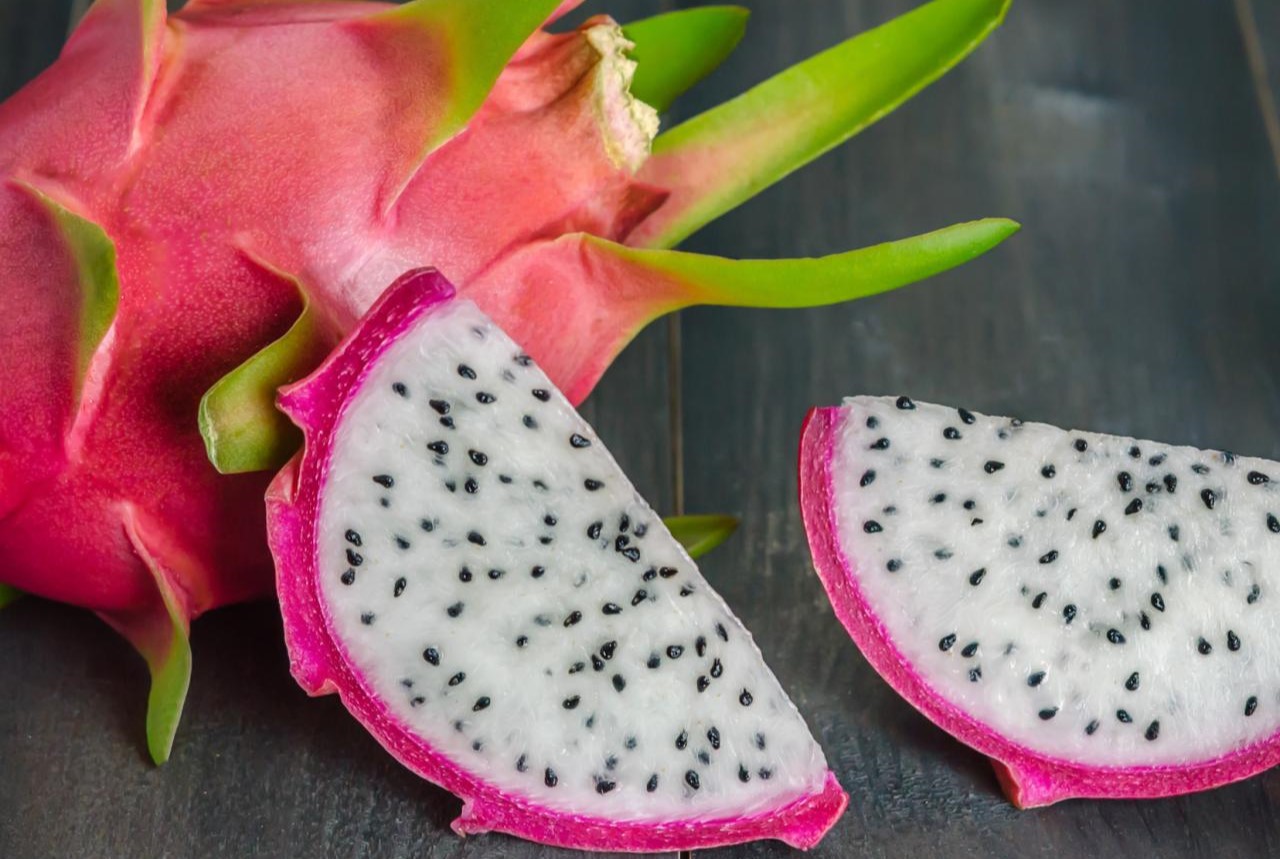

Garden Essentials
How To Plant Dragon Fruit Seeds
Modified: March 15, 2024
Learn how to plant dragon fruit seeds in your garden and enjoy the beautiful blooms and delicious fruit. A step-by-step guide to growing your own dragon fruit from seeds.
(Many of the links in this article redirect to a specific reviewed product. Your purchase of these products through affiliate links helps to generate commission for Storables.com, at no extra cost. Learn more)
Introduction
Are you a gardening enthusiast looking to add a unique and exotic plant to your collection? Look no further than the dragon fruit plant. Known for its vibrant colors, succulent texture, and delicious taste, the dragon fruit plant is becoming increasingly popular among gardeners.
Not only does growing dragon fruit add an exotic touch to your garden, but it also comes with numerous health benefits. Packed with vitamins, minerals, and antioxidants, dragon fruit is a nutritious addition to your diet. Plus, the plant itself is visually stunning, with striking, spiky stems and large, beautiful flowers that bloom at night.
If you’re ready to embark on the journey of planting your own dragon fruit, you’ve come to the right place. In this article, we will guide you through the step-by-step process of planting dragon fruit seeds and ensuring their successful growth.
Before we dive into the details, let’s first gather the materials needed for this exciting gardening project.
Key Takeaways:
- Prepare dragon fruit seeds by soaking, scarifying (optional), and inspecting for viability. Use a well-draining planting mix and provide proper watering and sunlight for successful growth.
- After transplanting, continue caring for dragon fruit plants by watering, fertilizing, pruning, and protecting from pests. Enjoy the fruits of your labor and savor the beauty and taste of homegrown dragon fruits!
Read more: How Many Seeds Are In A Dragon Fruit
Materials Needed
Before you begin planting dragon fruit seeds, it’s essential to gather all the necessary materials. Here’s a list of what you’ll need:
- Dragon fruit seeds: You can purchase dragon fruit seeds online or from a reputable plant nursery. Choose seeds from a variety that suits your climate and gardening conditions.
- Planting containers: Opt for pots or containers with drainage holes to prevent waterlogging. The size of the containers should be sufficient to accommodate the growth of the seedlings.
- Planting mix: Use a well-draining planting mix that consists of equal parts potting soil, perlite, and coconut coir. This mixture provides the ideal conditions for the seeds to germinate and sprout.
- Watering can or spray bottle: You’ll need a container to water the seeds gently.
- Clear plastic wrap or seed tray cover: To create a greenhouse-like environment for the seeds, cover the containers with clear plastic wrap or use a seed tray cover.
- Grow lights (optional): If you’re planting the seeds indoors or in an area with limited sunlight, consider using grow lights to provide the necessary light for seed germination.
- Water source: Ensure you have a readily available water source to keep the soil moist.
- Garden tools: Keep your gardening tools, such as a trowel and gardening gloves, handy for the planting process.
With all the materials gathered, you’re now ready to prepare the dragon fruit seeds for planting. Let’s move on to the next step!
Step 1: Preparing the Seeds
Before you plant the dragon fruit seeds, it’s important to properly prepare them for optimal germination. Follow these steps to ensure the seeds are ready for planting:
- Clean the seeds: Start by rinsing the dragon fruit seeds with clean water. This helps remove any residual pulp or debris from the seeds’ surfaces.
- Soak the seeds: Fill a small bowl with water and place the seeds in it. Allow the seeds to soak for 24-48 hours. This soaking process helps to soften the seed coat and promote germination.
- Scarify the seeds (optional): If you want to speed up the germination process, you can scarify the seeds. Gently rub the seeds against sandpaper or use a small knife to make a shallow cut on the seed coat. This process allows water to penetrate the seed more easily.
- Inspect for viability: After soaking or scarifying the seeds, inspect them for viability. Discard any seeds that are discolored, damaged, or show no signs of swelling or sprouting.
Once the seeds have been prepared, it’s time to move on to the next step: creating the planting mix.
Step 2: Creating the Planting Mix
The right planting mix is essential for the successful growth of dragon fruit seeds. Follow these steps to create the optimal planting mix:
- Measure equal parts: Start by measuring equal parts of potting soil, perlite, and coconut coir. This combination provides excellent drainage and aeration for the seeds.
- Combine the ingredients: In a large container or bucket, thoroughly mix the potting soil, perlite, and coconut coir until they are well-blended. This ensures that the planting mix is uniform and ready for use.
- Check moisture level: Once the ingredients are mixed, check the moisture level of the planting mix. It should be slightly moist but not overly wet. Adjust the moisture level by adding water or more dry ingredients as necessary.
With the planting mix ready, you’re now one step closer to planting your dragon fruit seeds. Proceed to the next step to learn how to properly plant the seeds.
Step 3: Planting the Seeds
With your prepared dragon fruit seeds and planting mix, it’s time to plant the seeds and give them the opportunity to grow into vibrant plants. Follow these steps for successful seed planting:
- Fill the containers: Fill the planting containers with the prepared planting mix, leaving about an inch of space at the top.
- Make planting holes: Create small indentations in the planting mix using your finger or a pencil. These holes should be deep enough to accommodate the seeds but not too deep that they are completely buried.
- Plant the seeds: Place the dragon fruit seeds in the planting holes, one seed per hole. Gently press the seeds into the soil, ensuring they are secure but not forcefully buried.
- Cover the seeds: Once the seeds are in place, lightly cover them with a thin layer of the planting mix. This helps provide insulation and protection for the seeds.
- Label the containers: To keep track of the planted seeds, label each container with the seed variety and the date of planting.
After planting the seeds, it’s crucial to provide them with the proper care and environment to promote germination and healthy growth. Let’s move on to the next steps to learn about watering and providing adequate sunlight for your dragon fruit seeds.
Read more: How To Sprout Dragon Fruit Seeds
Step 4: Providing Proper Watering
Watering is a crucial aspect of caring for your dragon fruit seeds, as it helps facilitate germination and provides the necessary moisture for growth. Follow these guidelines to ensure proper watering:
- Water gently: Use a watering can or a spray bottle with a fine mist setting to water the planting mix. Avoid pouring water directly onto the seeds, as this may displace them or lead to over-saturation.
- Keep the soil moist: Dragon fruit seeds require consistently moist soil for optimal growth. Check the moisture level of the planting mix regularly and water as needed to maintain moist, but not waterlogged, conditions. Ensure that the water can freely drain through the drainage holes of the containers.
- Provide regular watering: Depending on the climate and ambient conditions, you may need to water the seeds once or twice a day. Monitor the soil moisture and adjust the watering schedule accordingly.
- Be mindful of overwatering: While it’s important to keep the soil moist, be careful not to overwater the seeds. Overwatering can lead to root rot and other issues. If excess water accumulates in the saucer or tray underneath the containers, discard the excess water to prevent waterlogged conditions.
Consistent and proper watering is essential for the successful growth of your dragon fruit seeds. In the next step, we’ll discuss the importance of providing adequate sunlight for your seedlings.
When planting dragon fruit seeds, make sure to use well-draining soil and keep the seeds moist but not waterlogged. Plant the seeds shallowly and provide a warm, sunny environment for germination.
Step 5: Ensuring Adequate Sunlight
Adequate sunlight is crucial for the healthy growth and development of your dragon fruit seedlings. Follow these guidelines to provide the optimal amount of sunlight:
- Choose a sunny location: Select a spot in your garden or a well-lit area indoors where the seedlings can receive ample sunlight. Dragon fruit plants thrive in full sun exposure.
- Monitor sunlight intensity: Dragon fruit seedlings require about 6 to 8 hours of direct sunlight per day. Monitor the intensity of sunlight in the chosen location to ensure it meets the plant’s requirements. If the sunlight is too intense, consider providing partial shade during the hottest hours of the day.
- Make use of grow lights (if necessary): If you’re growing dragon fruit seedlings indoors or in an area with limited sunlight, you can supplement natural light with grow lights. Position the lights above the seedlings at an appropriate distance to mimic sunlight intensity.
- Rotate the containers: To ensure even exposure to sunlight, periodically rotate the containers. This helps prevent the seedlings from leaning or growing unevenly towards one direction.
By providing your dragon fruit seedlings with the proper amount of sunlight, you’re creating optimal conditions for growth. In the next step, we’ll discuss how to care for the seedlings as they start to sprout and grow.
Step 6: Caring for the Seedlings
As your dragon fruit seedlings begin to sprout and grow, it’s important to provide them with the care they need to thrive. Follow these guidelines to nurture and support the growth of your seedlings:
- Monitor temperature: Dragon fruit seedlings prefer warm temperatures between 65-80°F (18-27°C). Keep them in an environment with consistent temperatures within this range to promote healthy growth.
- Thin out weak or overcrowded seedlings: If multiple seedlings sprout in one container, thin them out by removing the weakest ones. This allows the stronger plants to have more space, light, and nutrients to grow.
- Protect from extreme weather conditions: Shield the seedlings from harsh weather conditions such as heavy rainfall, strong winds, or extreme temperatures. Consider using temporary covers or moving them to a more sheltered area if needed.
- Fertilize when necessary: Once the seedlings have developed their first set of true leaves, you can start fertilizing them. Use a balanced, water-soluble fertilizer diluted to half the recommended strength. Apply the fertilizer every two weeks during the growing season.
- Watch out for pests and diseases: Regularly inspect the seedlings for any signs of pests or diseases. If you notice any issues, promptly address them using organic pest control methods or appropriate treatments.
By providing proper care and attention, your dragon fruit seedlings will thrive and prepare for the next crucial step: transplanting them into larger containers or into the garden. Let’s move on to the next step to learn about the transplanting process.
Step 7: Transplanting the Seedlings
Once your dragon fruit seedlings have outgrown their initial containers, it’s time to transplant them into larger pots or directly into the garden. Follow these steps to ensure a successful transplantation:
- Choose the right time: Transplant the seedlings when they have developed several sets of true leaves and are approximately 6-8 inches tall. This usually occurs around 3-6 months after germination.
- Prepare the new containers or garden bed: If transplanting into pots, choose containers that are at least 10-12 inches in diameter and have ample drainage holes. If transplanting into the garden, prepare the planting area by loosening the soil and adding compost or organic matter for added nutrition.
- Gently remove the seedlings: Carefully remove the seedlings from their current containers. To avoid damaging the roots, use your fingers to loosen the soil around the seedling or squeeze the container slightly to release the seedling with the root ball intact.
- Plant at the appropriate depth: Dig a hole in the new container or planting area that is slightly larger than the root ball of the seedling. Place the seedling in the hole and ensure that the top of the root ball is level with or slightly above the soil surface.
- Backfill and firm the soil: Backfill the hole with soil, gently pressing it around the roots to eliminate air pockets. Firm the soil around the base of the seedling but avoid compacting it too densely.
- Water thoroughly: After transplanting, give the seedlings a thorough watering to settle the soil around the roots. Keep the soil consistently moist during the initial period of adjustment.
- Provide support (if necessary): If your dragon fruit seedlings are tall or have thin stems, provide a stake or trellis for support. This will help prevent them from bending or breaking as they continue to grow.
By following these steps, you have successfully transplanted your dragon fruit seedlings into their new home. Now, let’s move on to the final step and learn about the continued care and maintenance required for healthy growth.
Read more: How To Grow Dragon Fruit From Seed
Step 8: Continued Care and Maintenance
Congratulations on successfully transplanting your dragon fruit seedlings! To ensure their continued growth and productivity, follow these guidelines for care and maintenance:
- Watering: Continue to water your dragon fruit plants regularly, keeping the soil consistently moist. However, be cautious not to overwater, as this can lead to root rot. Adjust the watering frequency based on the weather conditions and the moisture levels of the soil.
- Fertilization: Feed your dragon fruit plants with a well-balanced fertilizer specifically formulated for cacti or succulents. Apply the fertilizer according to the manufacturer’s instructions. Regular fertilization will provide the necessary nutrients for healthy growth and fruit production.
- Pruning: Trim any dead or damaged stems and branches, and thin out any overcrowded growth. Pruning helps promote airflow, prevents disease, and encourages optimal fruit production. Additionally, consider training the plant to grow on a trellis or support structure to provide stability and maximize space.
- Weed control: Regularly remove weeds around the base of your dragon fruit plants. Weeds compete with the plants for nutrients and water, so keeping the area weed-free ensures that your dragon fruit plants receive all the resources they need for healthy growth.
- Protection from pests and diseases: Monitor your plants for any signs of pests or diseases, such as aphids or fungal infections. Employ organic pest control methods or consult with a gardening professional to address any issues and safeguard the health of your plants.
- Support as they grow: As your dragon fruit plants grow taller and produce more fruit, provide additional support using stakes, trellises, or a sturdy framework. This helps prevent the weight of the fruit from causing the stems to bend or break.
- Harvesting the fruit: Once your dragon fruit plants mature and produce fruit, harvest them when they are fully ripe. The fruit should have a vibrant color and give slightly when gently squeezed. Use a sharp knife or scissors to cut the fruit from the stem, leaving a small portion of the stem attached.
- Enjoy the fruits of your labor: With proper care and maintenance, your dragon fruit plants will reward you with delicious and exotic fruits. Enjoy them fresh, use them in smoothies, or incorporate them into various culinary creations.
By providing consistent care and maintenance, you will ensure the continued health and productivity of your dragon fruit plants. Now, sit back, relax, and savor the beauty and taste of your homegrown dragon fruits!
Conclusion
Planting and growing dragon fruit from seeds can be a rewarding and enjoyable experience for any garden enthusiast. By following the step-by-step process outlined in this guide, you’re well on your way to cultivating your own vibrant and delicious dragon fruit plants.
From preparing the seeds to providing proper watering, sunlight, and care, each step is crucial in ensuring the successful growth and development of your dragon fruit seedlings. Remember to choose a sunny location, use a well-draining planting mix, and monitor the moisture levels and temperature regularly.
As your dragon fruit plants start to thrive, continue to provide the necessary care and attention they need. Regular watering, fertilization, pruning, and support as they grow taller will help maximize their potential and productivity.
Harvesting the fruits of your labor will be a delightful and satisfying experience. The vibrant colors, succulent texture, and delicious taste of the dragon fruits will make all your efforts worthwhile. Use them to add an exotic touch to your recipes, share with friends and family, or simply enjoy them fresh from your garden.
Remember, gardening is an ongoing learning process, and it’s important to adapt to the specific needs of your dragon fruit plants as they grow. Stay vigilant for pests and diseases, address them promptly, and continue to provide the appropriate care and attention for long-term success.
So, what are you waiting for? Start your dragon fruit gardening adventure today and enjoy the beauty and bounty of this unique and exotic plant.
Frequently Asked Questions about How To Plant Dragon Fruit Seeds
Was this page helpful?
At Storables.com, we guarantee accurate and reliable information. Our content, validated by Expert Board Contributors, is crafted following stringent Editorial Policies. We're committed to providing you with well-researched, expert-backed insights for all your informational needs.
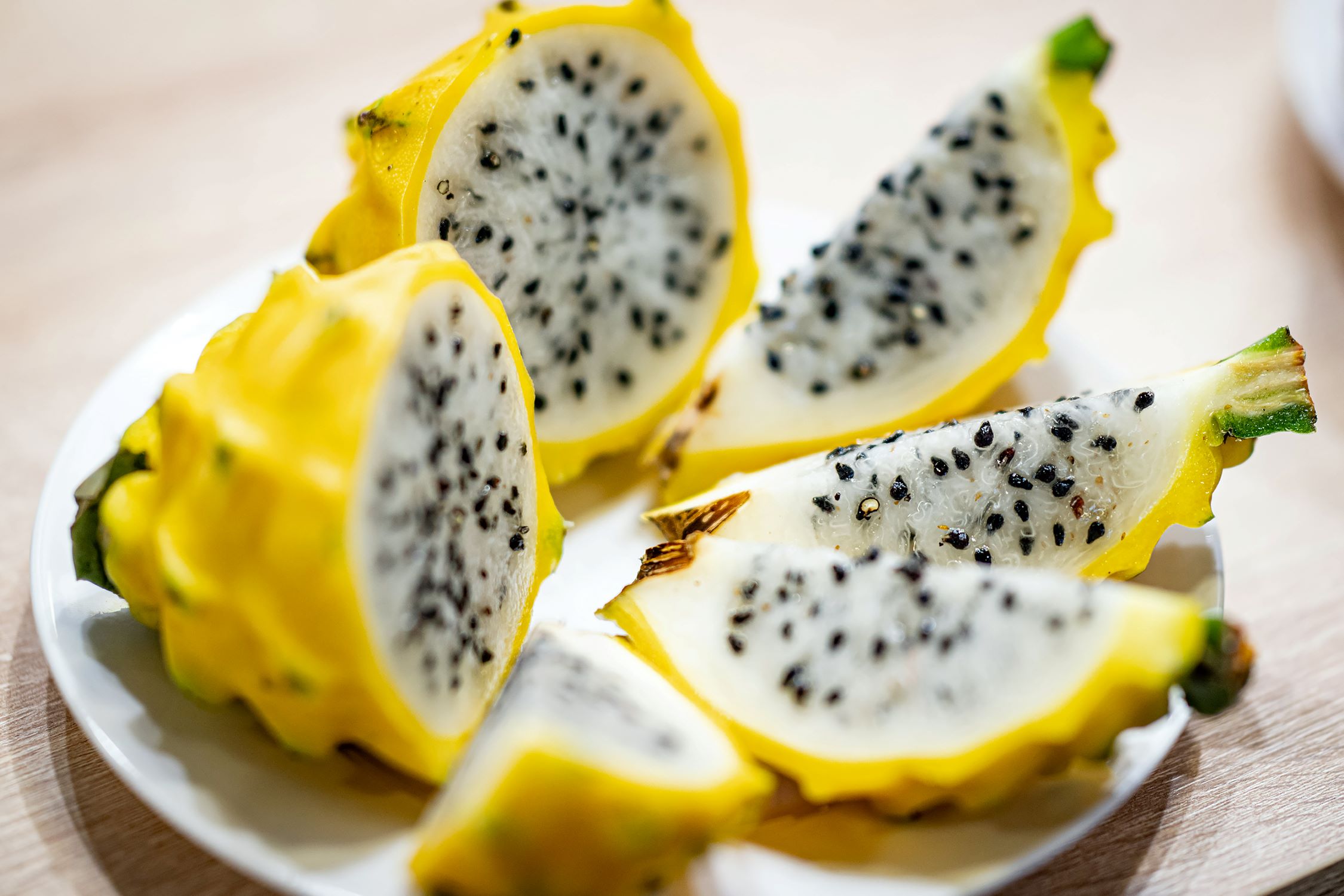
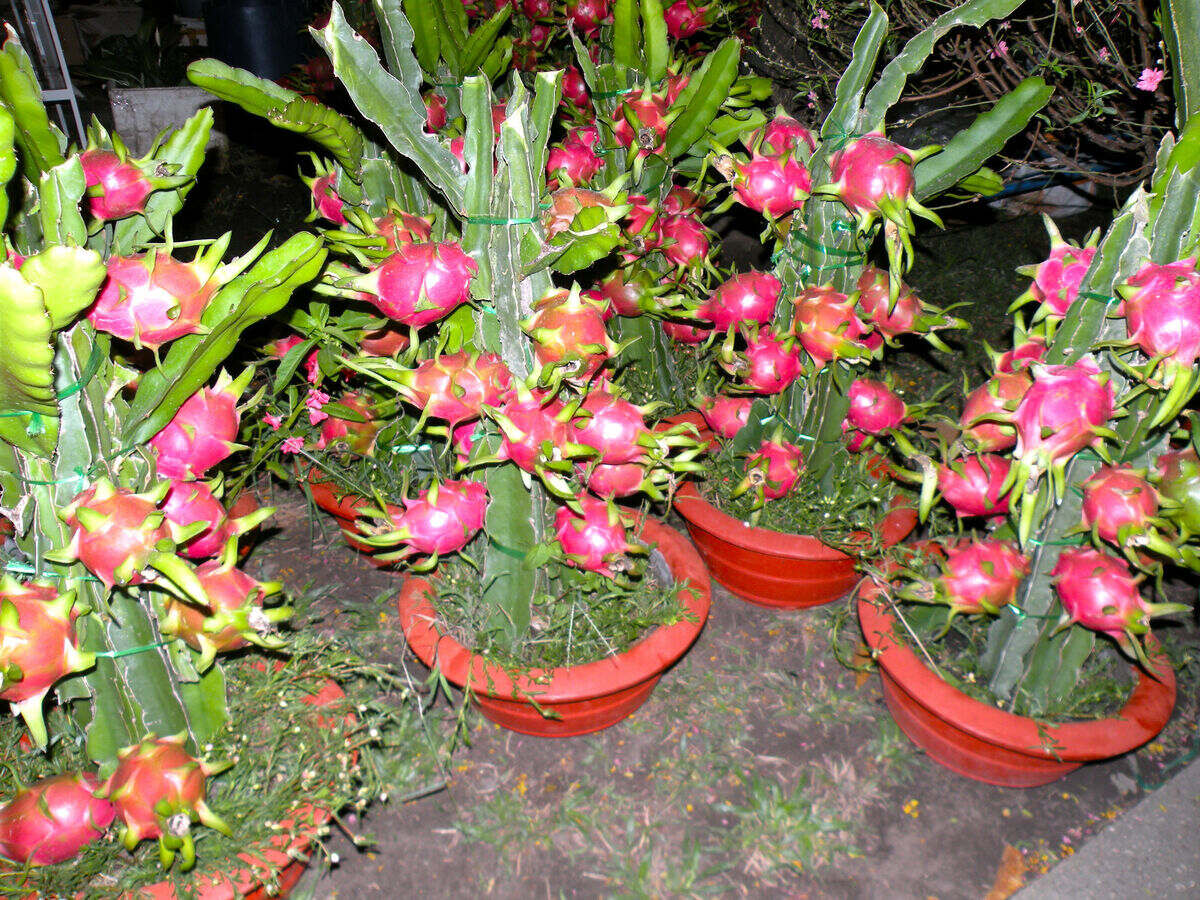
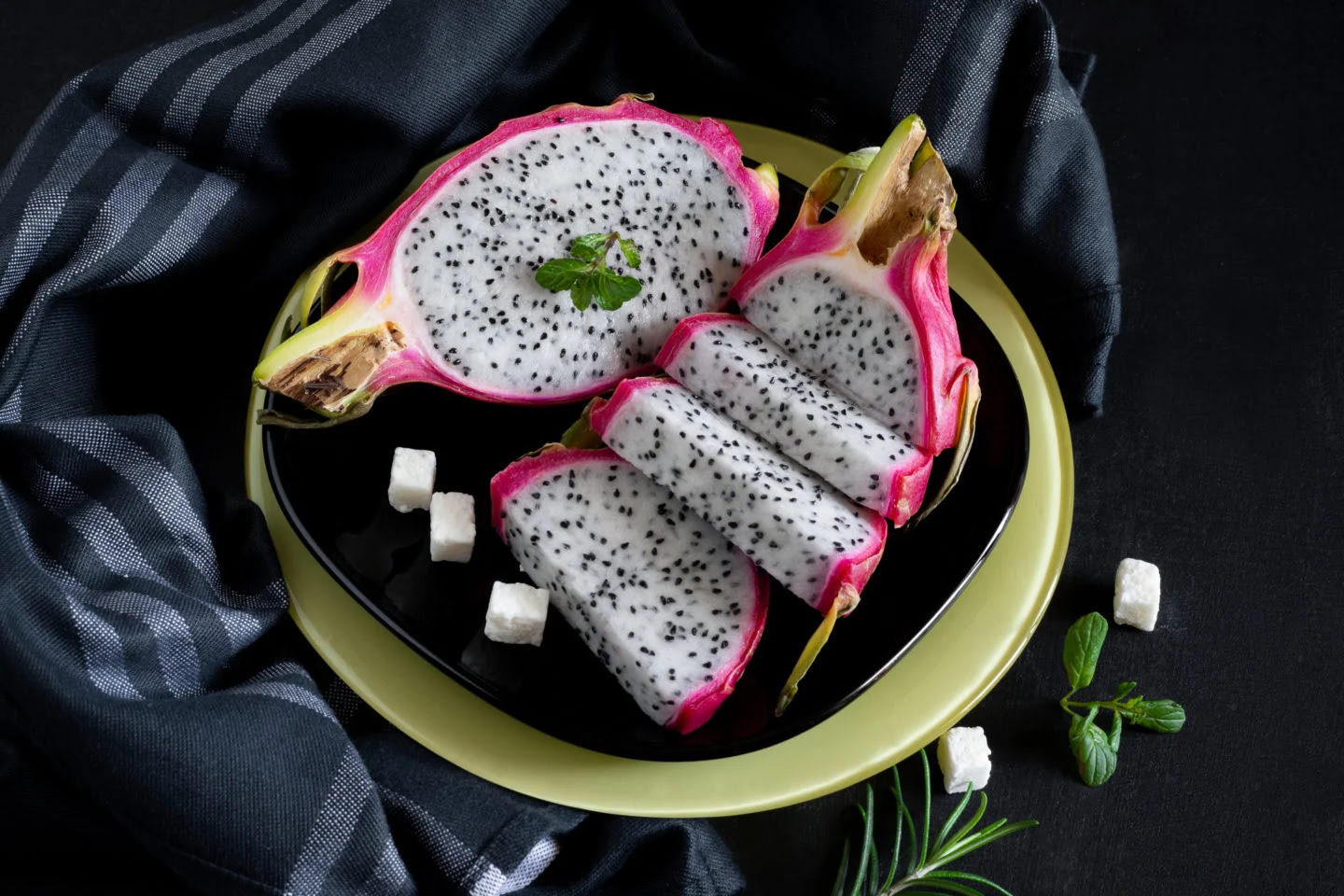
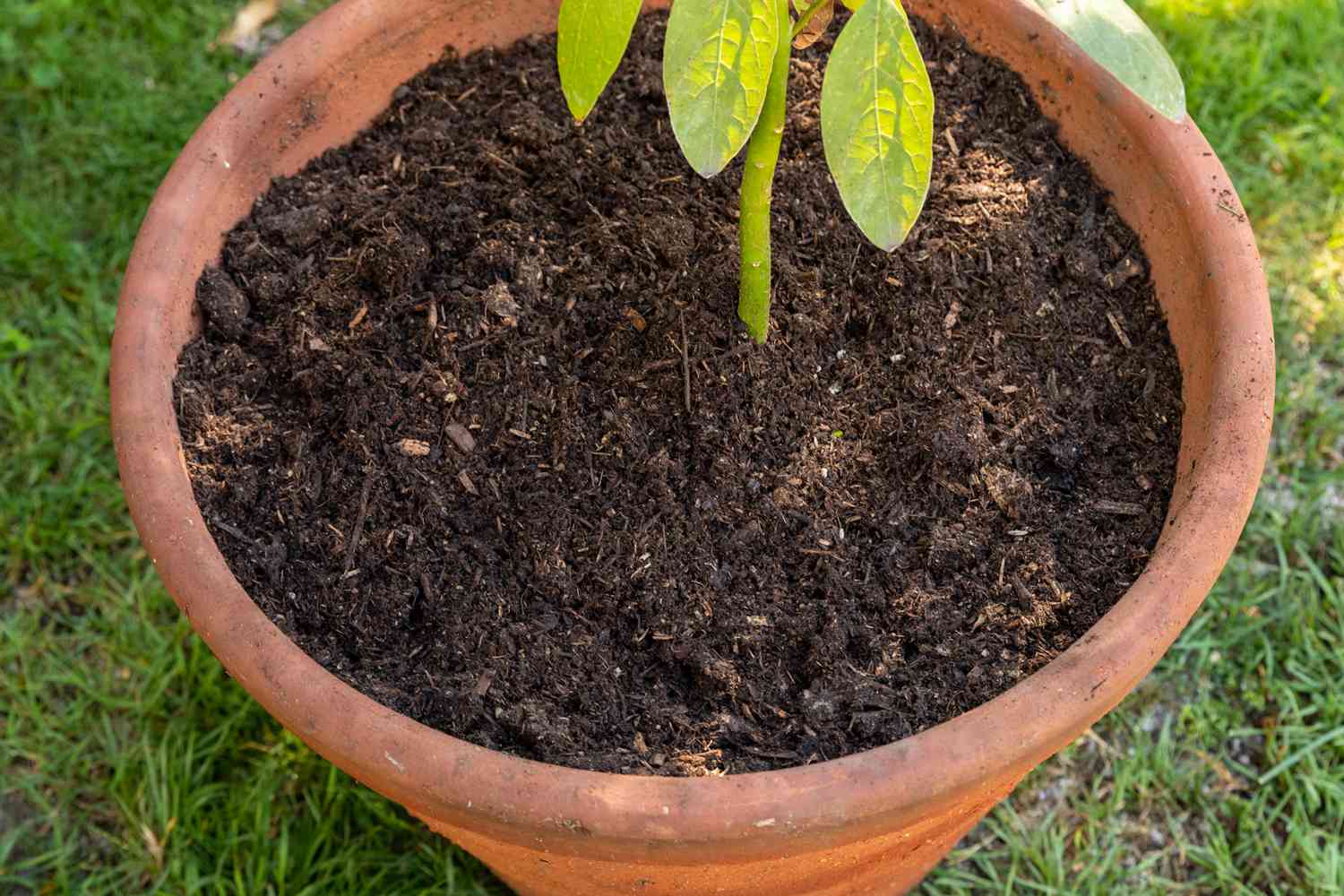
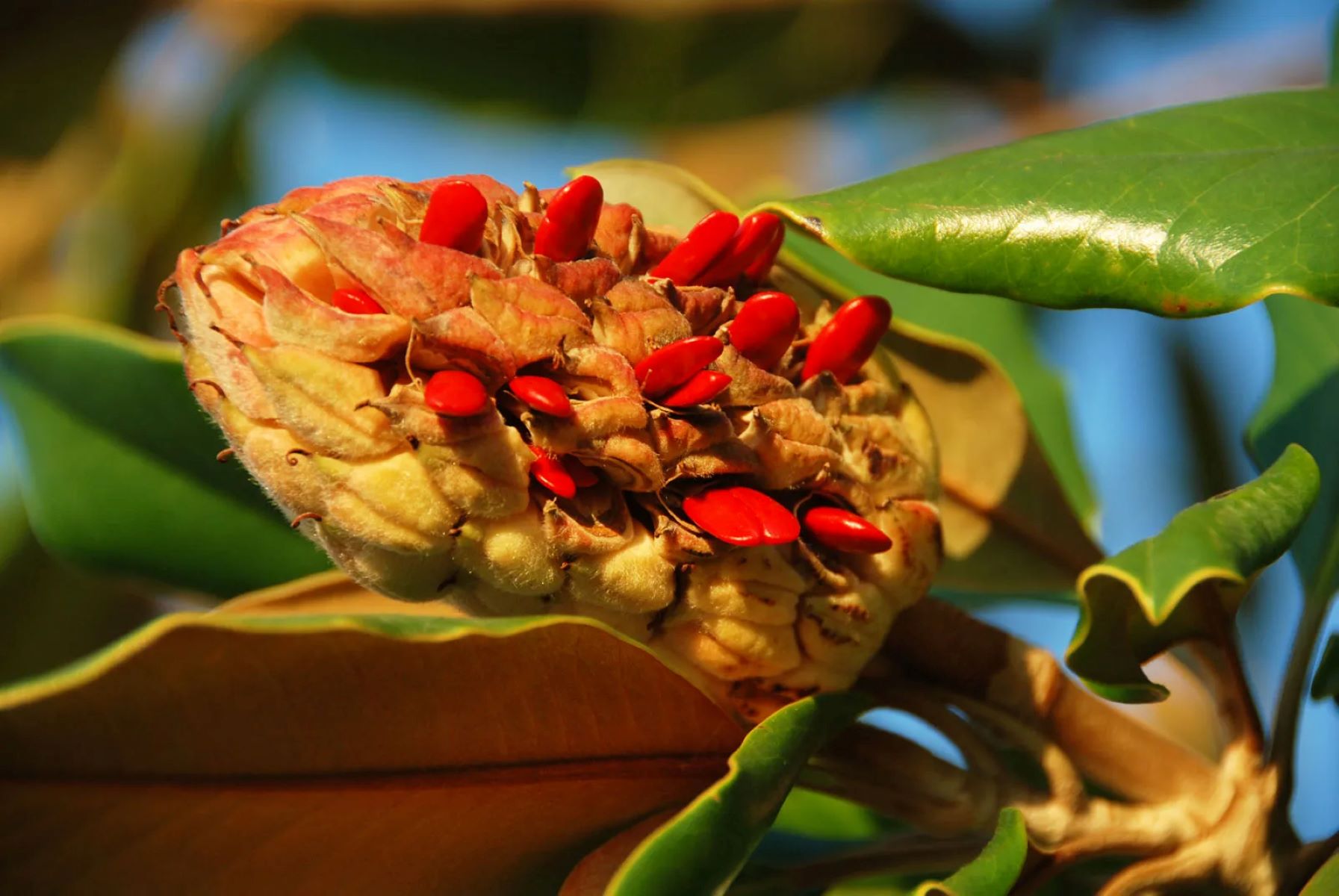
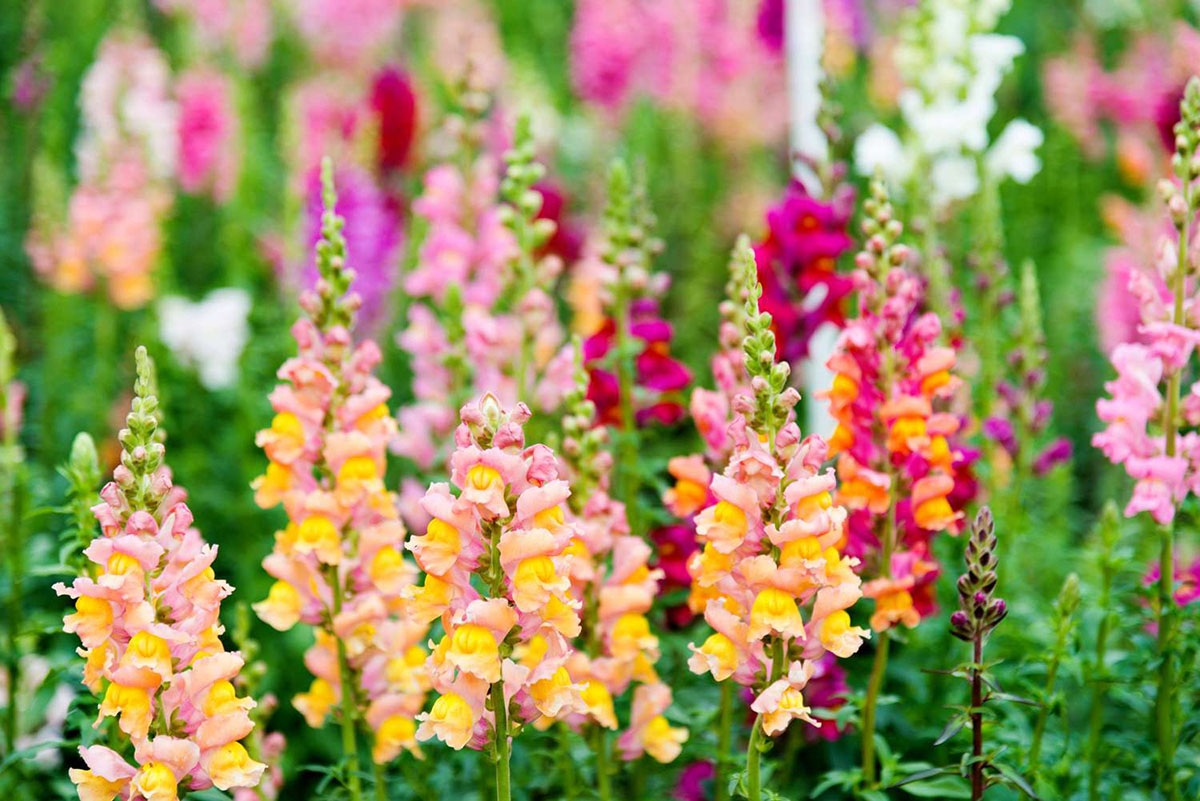

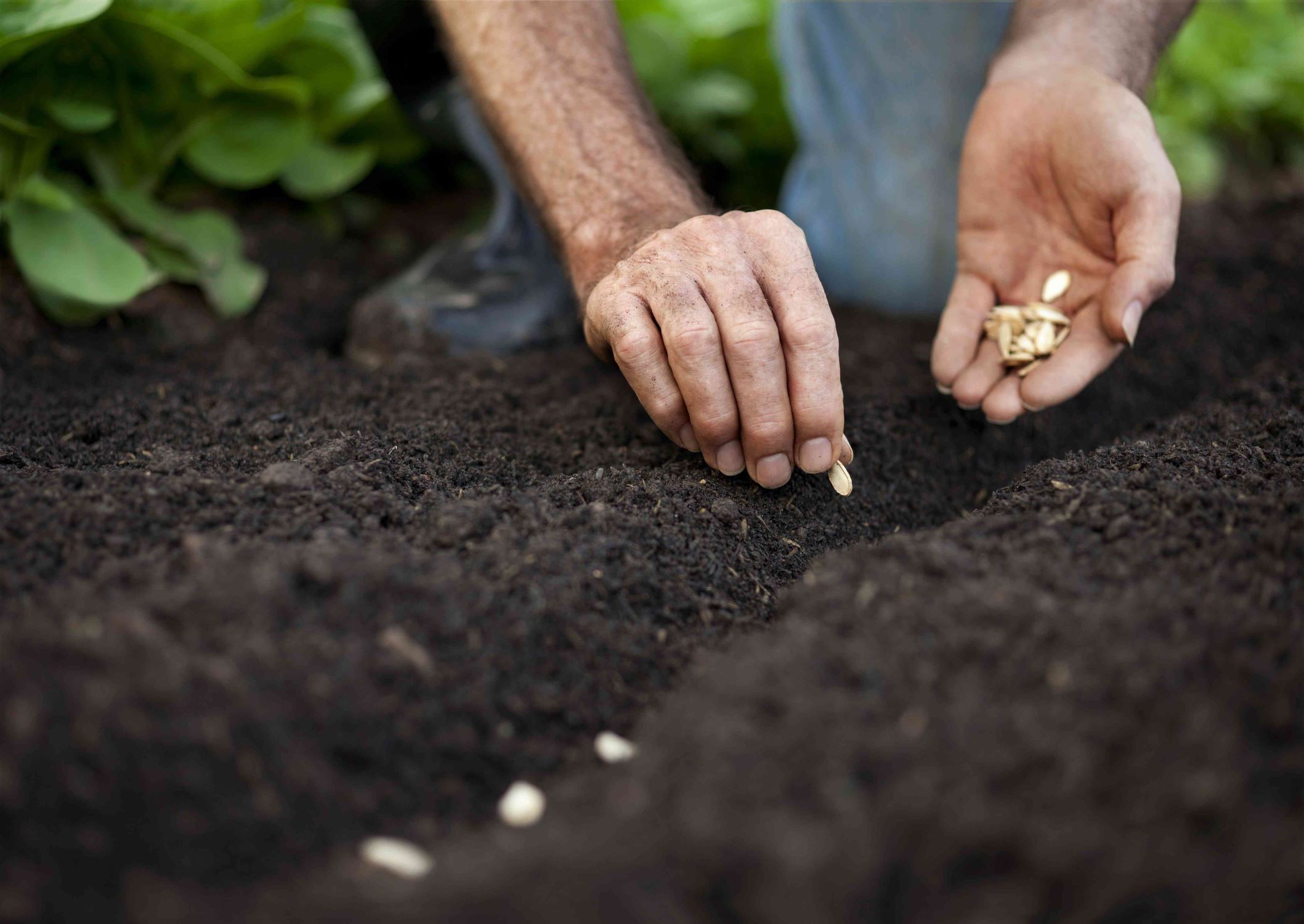
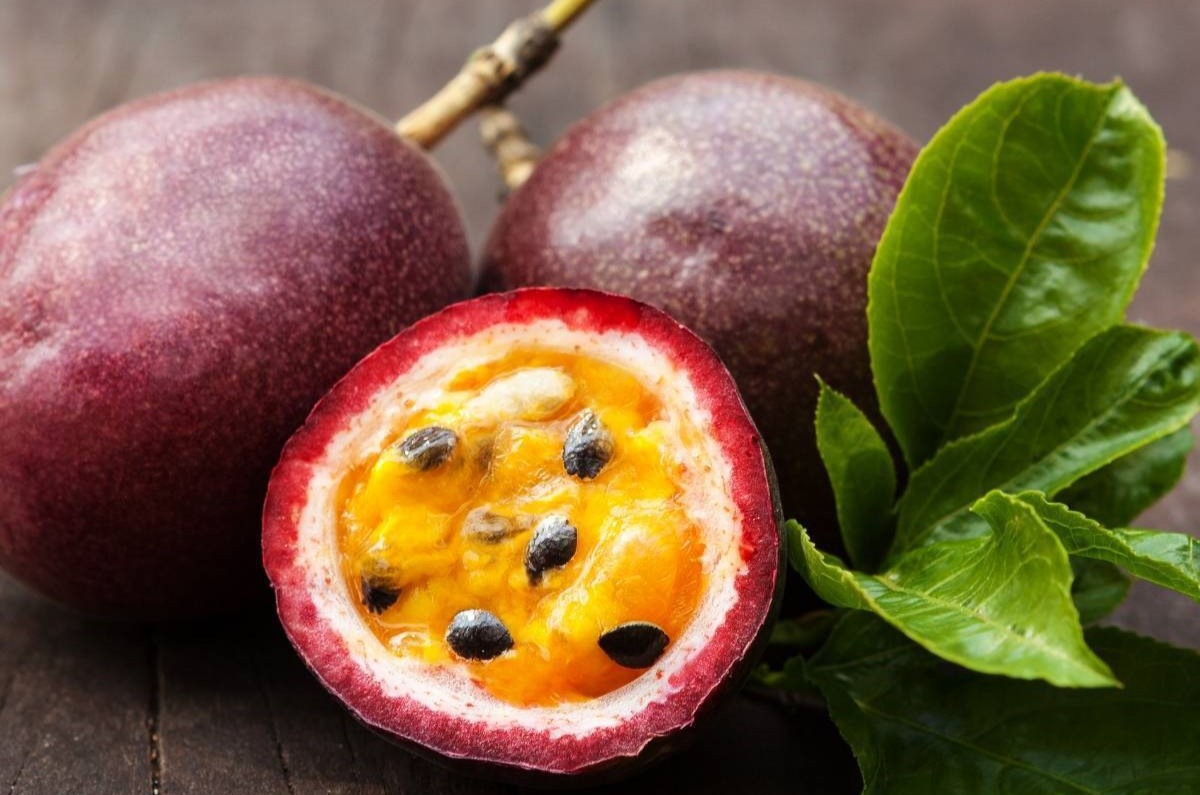
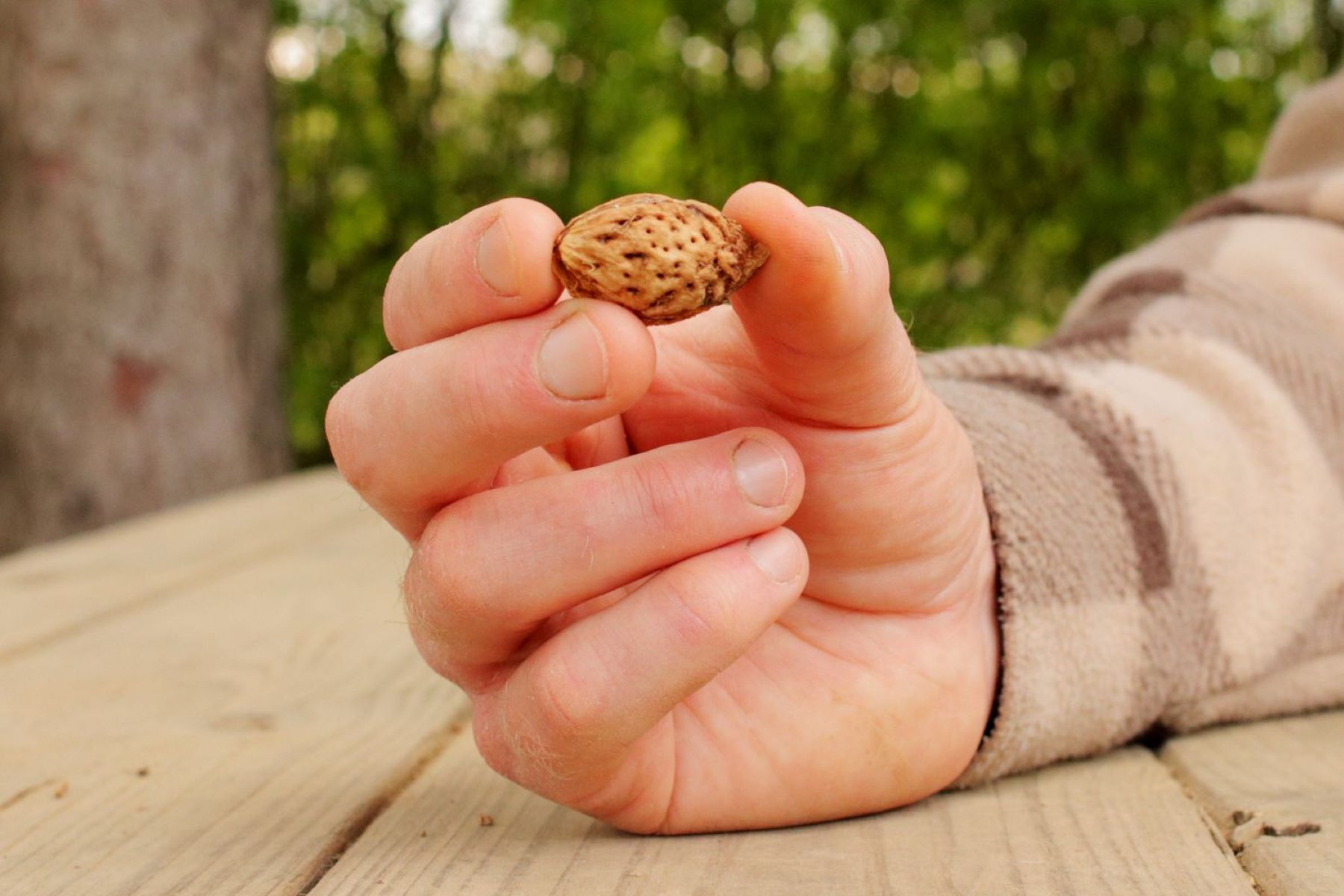

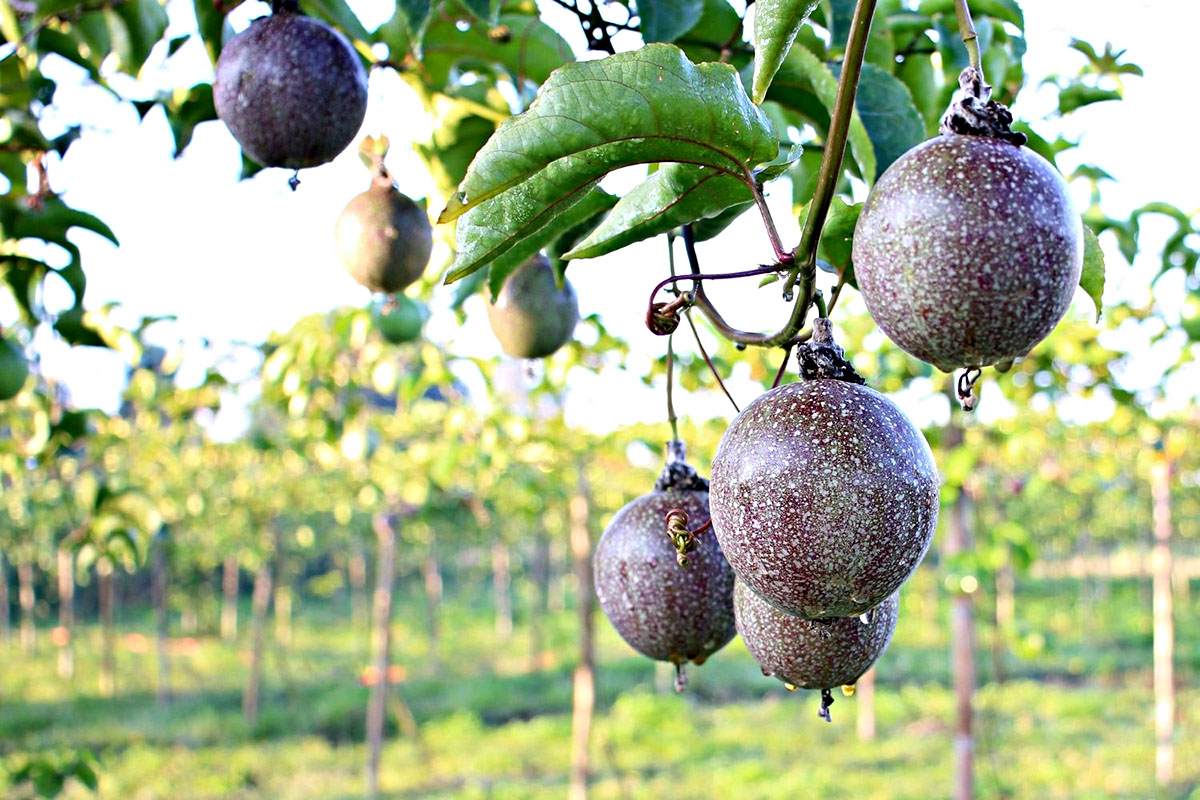
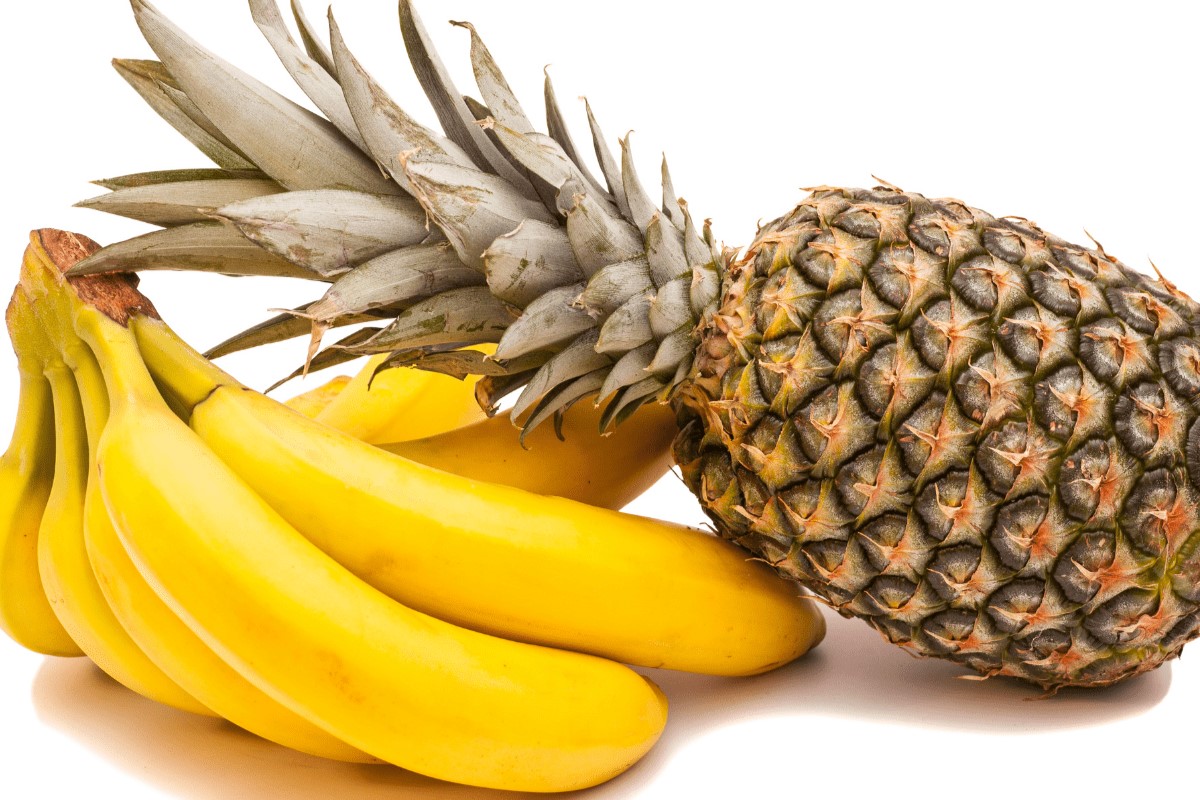

0 thoughts on “How To Plant Dragon Fruit Seeds”